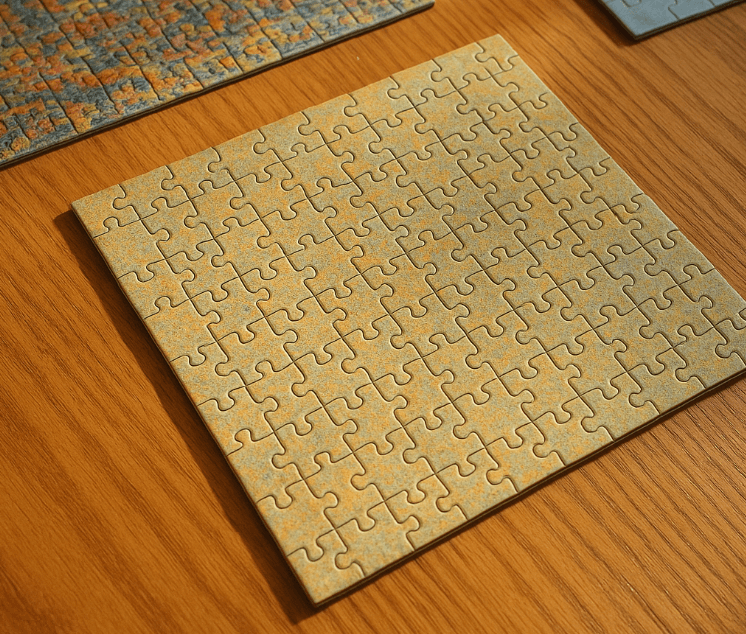Understanding min-width and max-width in CSS
The min-width and max-width properties in CSS are used to control the minimum and maximum width of an element, respectively. These properties are essential tools for creating responsive web designs, ensuring that elements on a webpage can adapt to different screen sizes while maintaining a consistent layout and readability.
min-width
- Purpose: The
min-widthproperty sets the minimum width of an element. This means that the element cannot be narrower than the specified value, regardless of the viewport size or parent element constraints. - Usage:
In the example above, thediv { min-width: 200px; }divelement will always have at least 200 pixels of width, regardless of the screen size.
max-width
- Purpose: The
max-widthproperty sets the maximum width of an element. This ensures that the element does not grow beyond a specified width, which is particularly useful for maintaining readability on larger screens. - Usage:
Here, thediv { max-width: 800px; }divelement will not exceed 800 pixels in width, even if the screen size allows for a wider layout.
Combining min-width and max-width
By combining both properties, developers can create elements that are flexible within a defined range, enhancing the adaptability of the design.
div { min-width: 200px; max-width: 800px; }
In this scenario, the div will adjust its width between 200 and 800 pixels, depending on the available space.
Practical Applications
- Responsive Design: Both properties are crucial for responsive design, allowing developers to create layouts that work well on both small and large devices.
- Content Legibility: By setting a maximum width, text and other content remain legible and do not stretch across excessively wide screens.
Conclusion
Using min-width and max-width effectively can significantly enhance the usability and aesthetic of web designs, ensuring that content is both accessible and visually appealing across a variety of devices.


